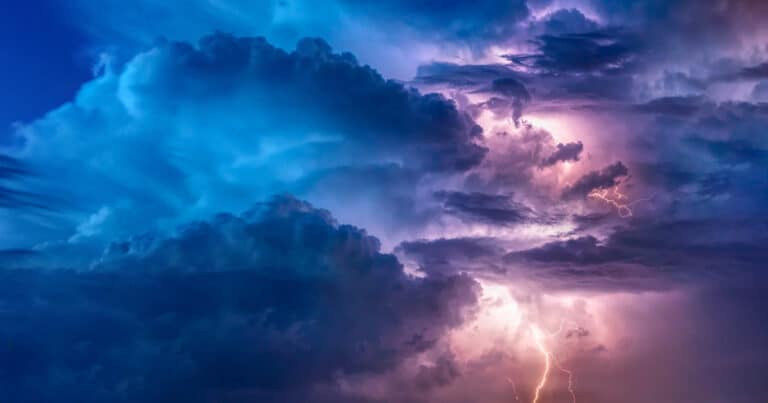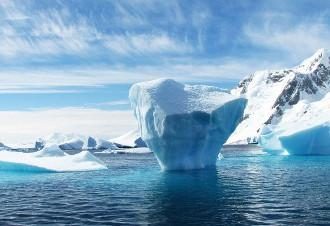By Sydney Cohen – The National Oceanic and Atmospheric Administration (NOAA) has some predictions for the upcoming year, from their climate prediction center. According to their website, climate prediction is not an exact science, but they use various models and data sets to make informed guesses. So what can we expect in the future? Read on to find out!
The National Oceanic and Atmospheric Administration (NOAA)
The National Oceanic and Atmospheric Administration (NOAA) is a United States government organization that specializes in climate prediction, done so by their climate prediction center. Every day of every week, they release updated forecasts for temperature, precipitation, and other conditions around the globe. Their predictions are used by businesses, farmers, and other organizations to make important decisions about the future.
How Does The NOAA Predict Climate?
The NOAA uses a variety of data sources to make their climate predictions and conduct research studies on our rapidly changing planet. Their data collection methods include satellites, weather balloons, and climate models, as well as research in the arctic and other regions that are facing more drastic and rapid consequences from climate change. In this blog post, we will take a closer look at the climate prediction for a variety of areas this week, as well as the NOAA Arctic Program. The NOAA provides climate prediction for many regions across the United States. Continue reading to learn more about upcoming weather predictions for two particular Midwest regions in the US, and all that the NOAA includes in their predictions.
Upper Mississippi Valley
The Upper Mississippi Valley is a Midwest region that typically has chances of precipitation and rain during the spring and summer months. Generally, as we warm into the spring and summer months, the NOAA predicts fair temperatures closer to Iowa, with slightly cooler temperatures overnight and during the day in the more northern states. Over the weekends, as the weather warms, it becomes more and more possible for residents of this region to enjoy outdoor activities as we enter the summer.
Western Great Lakes
The climate prediction center for this region in the Midwest typically estimates probabilities of fair temperatures, as we transition from winter to spring, ranging from the south to the north of this region. The southern ends of this region often have warmer temperatures during the day, but generally colder temperatures at night. This region has high probabilities of precipitation in the northernmost points, though generally has a few days of dry weather after rain showers.
Arctic Air in NOAA’s Arctic Program
In addition to the usefulness of the NOAA’s climate prediction center, it also has a program that is informative of climate change and climate prediction, known as the NOAA Arctic Program. The Arctic Program releases arctic report cards, that give updates on arctic surface air temperature, air temperature variation, seasonal air temperature changes, snow cover, ice sheets, and more. These updates are important to the national weather service, as arctic ecosystems are rapidly changing (and therefore their weather forecast is affected), as climate change warms our planet.
The annual arctic report cards draw on studies and scientists’ research from across the pacific northwest, parts of Asia, and the UK. The variety of data that informs the report card is vital to encompassing all changes that are taking place in our arctic regions.
According to the 2021 NOAA Arctic Report, it was found that:
- “This past year (October 2020-September 2021) was the seventh warmest on record over Arctic lands (beginning in 1900 with surface air temperature anomalies 1.1°C above the 1981-2010 mean).
- The warmest Pan-Arctic and Asian Arctic autumn (October-December) terrestrial air temperatures were observed in 2020.
- For the second consecutive year, much higher-than-normal air temperatures were observed over northern Eurasia, and especially the Laptev Sea, during autumn of 2020 and spring of 2021.
- Temperature extremes yielded some unprecedented impacts on the Arctic environment, including the first rainfall observed at Summit at the top of Greenland.”
As one can tell, these reports are incredibly important in tracking the progression of global warming. In order for climate prediction centers and weather services to work properly, accurately predicting daily, weekly, and monthly weather forecasts, they must be informed of the ways that global warming is affecting our world’s atmospheric climate.
Climate Prediction and Religion
Predicting weather, which is measured over a short period of time is no easy feat. It is even more difficult to predict climate, which is measured over the long term. This was part of the challenge of one the first people who tried to scientifically predict weather, Vice Admiral Robert FitzRoy. FitzRoy’s weather predictions were ridiculed by the public, as with his crude instruments, he couldn’t get very accurate predictions. FitzRoy “collected data on temperature, pressure and humidity by telegraph from sites across Britain and distributed his forecasts to seaports and newspapers,” but the other main weather predictor of his time was “Richard James Morrison, a popular astrologer who wrote under the pen name ‘Zadkiel'” and “issued forecasts that were purportedly based on the movement of celestial bodies.” FitzRoy’s weather department was nicknamed “the government’s Zadkiel.”
The Importance of the NOAA’s Programs
The NOAA Climate Prediction Center and other programs are incredibly important. By providing information on weather forecasts and climate change, the NOAA helps farmers, fishermen, and others who are directly dependent on the planet’s ecosystems make decisions that can save them money and protect their livelihoods. As we continue to face the effects of climate change, it’s more important than ever that we have access to this data so that we can make informed decisions about the future.
* Featured image source






